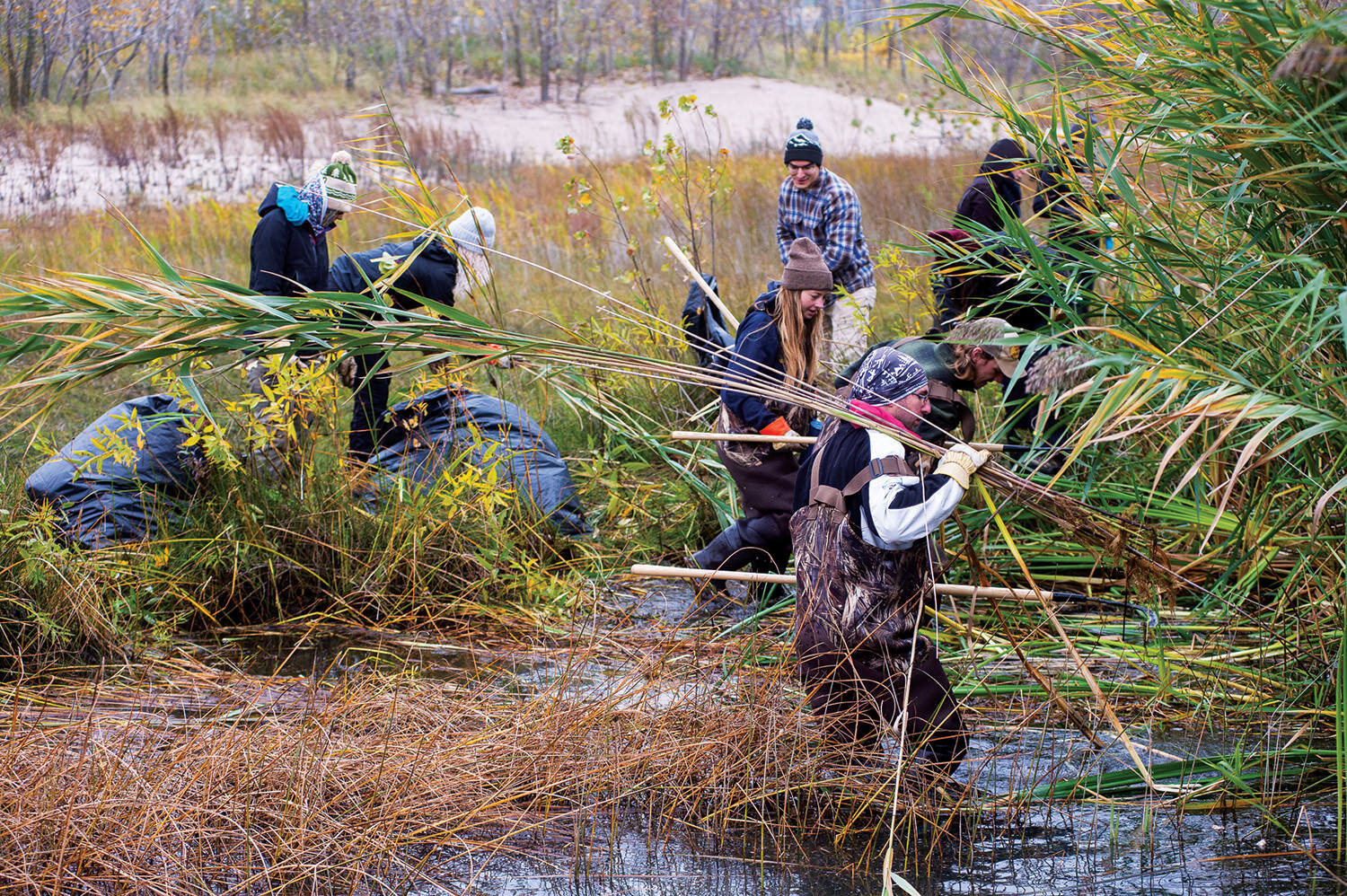

Community Engagement Projects
Citizen Science in Action!
Citizen science mobilizes everyday citizens, such as friends and neighbours in a local community or students in a nearby school, to tackle local environmental projects, while collecting scientific data to help protect ecosystems. Project leaders develop partnerships with local governments, scientists and volunteers, and environmental organizations such as EcoSpark to create positive change.
If you work with a community group, government agency, school, university or funding body and would like to explore a possible partnership with EcoSpark to create a citizen science environmental project.
Dana Buchbinder, Citizen Science Coordinator
dana@ecospark.ca
647-258-3280 x 2003
The following two recent examples show the power of citizen science in action.
DOWNLOAD the full Guide
Park Watch Guide
The Park Watch Guide provides community members with the information to get started leading citizen science activities with step-by-step directions to conducting environmental observation projects in parks and ravines. Monitor ecological health of nearby nature by contributing data to public research projects. Flag the location of invasive plants, participate in bird surveys, connect with naturalists, and more.
This resource was developed by EcoSpark, in consultation with community partners and the City of Toronto, as part of the Park Watch project to animate Toronto’s public green spaces through citizen science. Park Watch activities enable volunteers to: support the health and maintenance of public parks and ravines; foster a stronger connection to nature with community members of all ages and backgrounds; and contribute to and learn from meaningful data collected by citizen scientists at municipal, provincial and national scales.
DOWNLOAD the full Guide
Managing Phragmites with Volunteers
In 2018/19, EcoSpark partnered with the City of Toronto’s Community Stewardship Program (CSP), Humber Arboretum, and Lynn Short, Professor of Horticulture, to see how well citizen scientists could tackle the invasive grass Phragmites australis subspecies australis (also known as common reed, or simply phragmites).
Using Short’s novel non-chemical manual removal technique, called spading, volunteers demonstrated they were able to remove phragmites with minimal disturbance to the surrounding plants and wildlife. The research project compared variations on how, when and how often cutting took place to investigate effective phragmites management with this spading technique.
The findings contained in the full report show: 1) volunteers can successfully contribute to stewardship activities as communities strive to meet their environmental goals; and 2) this type of collaboration also creates community capacity building and public engagement opportunities.
Our Partners and Funders
Thank you to the Community Stewardship Program volunteers and their leaders Emily Heidendahl and Monica Radovski. Thank you also to Professor Lynn Short and the Humber Arboretum. And a BIG THANK YOU to the Ontario Trillium Foundation, which provided the generous funding needed to make this project a reality.
Rot Squad Rolls into Action
In April 2017, EcoSpark launched the Rot Squad, a community engagement project that trained citizen scientists to measure rot (or decomposition) rates in headwater streams across southern York Region. The goal was to crowdsource data to determine if rot rate could be a successful measure for stream and ecosystem health, potentially informing and improving land use decisions.
EcoSpark partnered with Brian Kielstra, an aquatic ecology PhD student from the University of British Columbia. Kielstra’s research focuses on the impacts of headwater stream loss on downstream ecosystems. With funding from the Ontario Trillium Foundation and in-kind support from the Toronto and Region Conservation Authority, we developed a citizen science protocol, secured equipment, identified headwater streams, trained volunteers – and the Rot Squad was born.
The Rot Squad visited 40 streams, ten of which were in King Township. Rot rate was measured by placing small cotton strips (artist’s canvas) in streams for about three weeks, then testing how much they had decomposed. Our preliminary results showed great potential for using rot to determine ecosystem health.
Our Partners and Funders
Thank you to the Rot Squad volunteers, and major thank you to Brian Kielstra of University of British Columbia. And BIG THANK YOU to the Ontario Trillium Foundation, which provided us with the generous funding needed to make this project a reality and to the Toronto and Region Conservation Authority for their in-kind support.








